From 2024 to 2027, such humanoid robots will be gradually used for assembly tasks and on-site operations. Besides the automotive industry, the company will deploy such robots in 3C, or computer, communication and consumer electronics fields, as well as the logistics sector.
"During this period, we aim to achieve larger-scale commercial mass production. Here, mass production not only involves a quantity increase, but also improvements in quality, cost control and operational efficiency," he said.
By 2033, the company's humanoid robots are expected to perform more precise assembly work, such as assembling interiors and wiring harnesses, as well as assembling smaller and more delicate products like smartphones and smartwatches in the 3C industries, he added.
According to a guideline by the Ministry of Industry and Information Technology, China aims to establish a preliminary innovation system for humanoid robots within 2025. By 2027, the country will see a secure and reliable industry and supply chain system, and related products will be deeply integrated into the real economy.
To sharpen the edge of future industries including humanoid robotics, China will launch a series of scientific research projects, establish a number of incubators, support certain regions to explore and develop application scenarios, and cultivate more industrial high-fliers, said Jin Zhuanglong, minister of industry and information technology, at a news conference in July.
The National Development and Reform Commission also issued a document in June that encourages the development of humanoid robots based on large-scale AI models to enrich consumption scenarios.
As humanoid robots have emerged as a new battleground between the United States and China, a report by Sinolink Securities highlighted a powerful dynamic at play, saying that China's robust supply chain, coupled with high-labor-cost demand from developed overseas markets and the unique needs of domestic industries will propel the country's humanoid robots to take the lead.
Wang Xingxing, CEO and founder of Unitree Robotics, another leading robotics firm, is also optimistic about the commercialization of China's robotics industry, and predicts that within three to four years — certainly no more than five — the industry will experience its "iPhone moment".
He said this will be the point when humanoid robots become a staple in industrial and service sectors, driving a dramatic increase in production and adoption.
Hangzhou-based robotics firm Unitree Robotics said that its G1 humanoid robot has just been updated, transforming it into a version that can be mass-produced, with stronger performance and an even better appearance.
The humanoid robot, priced at a reasonable 99,000 yuan ($13,560), can simulate human hand movements with remarkable precision, making it one of the most affordable options in the market.
What sets the Unitree G1 apart is its price point. In comparison, Tesla's humanoid robot Optimus is projected to be priced at $25,000, making Unitree's offering significantly more cost-effective. This pricing strategy could accelerate the adoption of humanoid robots across various industries in China.
Chen Jia, a researcher at the International Monetary Institute, which is part of Renmin University of China, said: "Humanoid robots will be an industry field with great growth potential in the next decade, driven by the latest technological advancements in AI."
Rick Xiong, general manager of the Beijing Embodied Intelligence Robotics Innovation Center, said: "These combined efforts will shape the future in our favor. Chinese robot companies have the right timing, the right place and the right people to accelerate the humanoid robot push."
Xiong said that leading Western countries have witnessed industry giants with deep pockets dominating the robotic landscape, whereas China is characterized by a proliferation of small to medium-sized enterprises striving to navigate the competitive terrain of humanoid robots.
He also said that the rise of AI large language models, exemplified by technologies like ChatGPT, has been a game-changer in the robotics industry.
Traditionally, robots were limited to executing pre-programmed commands and struggled with understanding natural language. However, the integration of advanced AI models has unlocked new capabilities, allowing robots to comprehend and act on human language instructions — ushering in what is broadly referred to as embodied intelligence, he said.
Marina Bill, president of the International Federation of Robotics, said at a conference that about 60,000 industrial robots were installed in China 10 years ago, and their number has gone up to 290,000 now.
"Hardly any other country in the world has had that quick a development. China's rapid growth shows the power of its investment so far, but it still has much greater potential in terms of automation," Bill said.










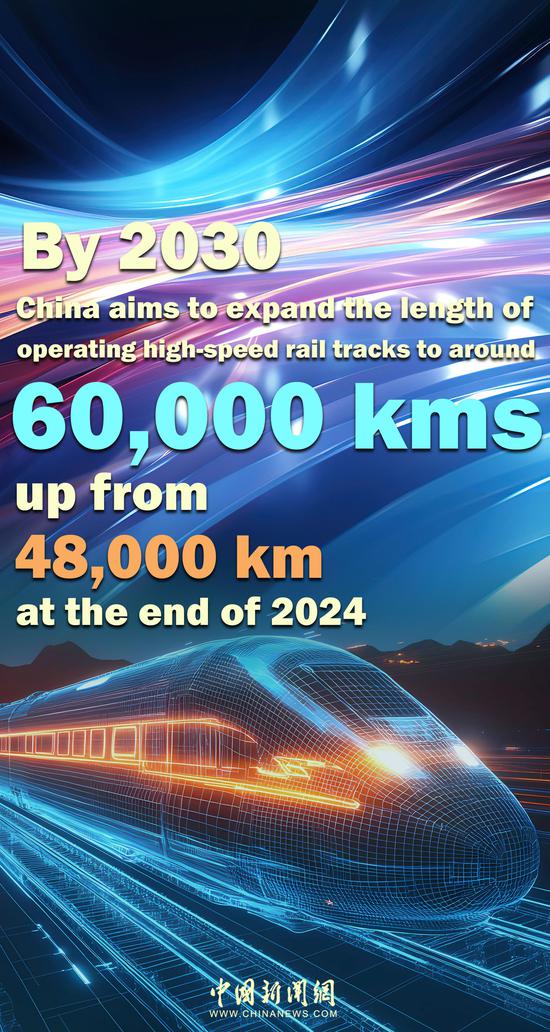
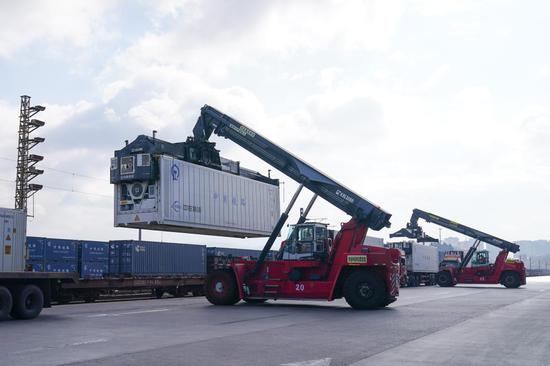









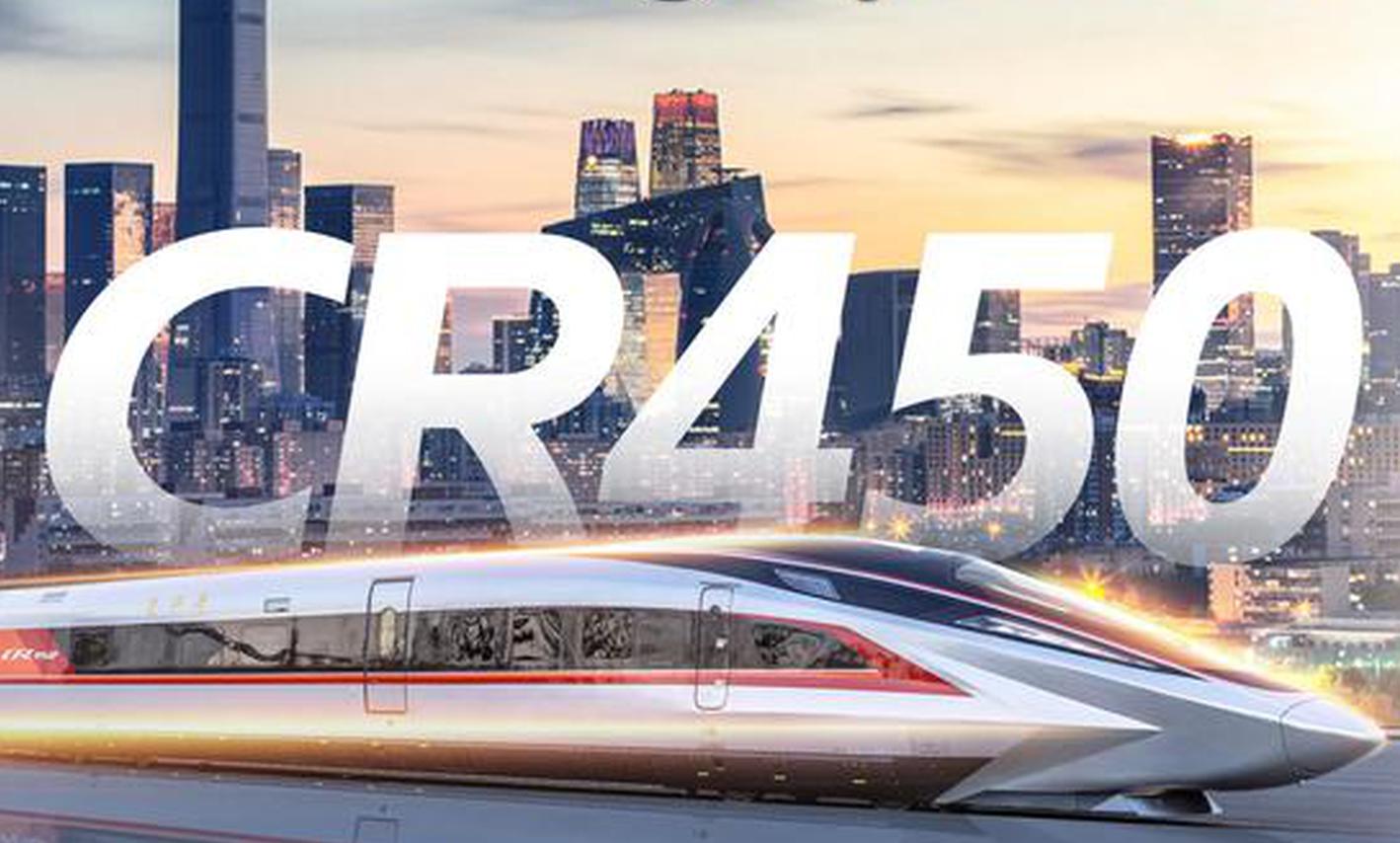
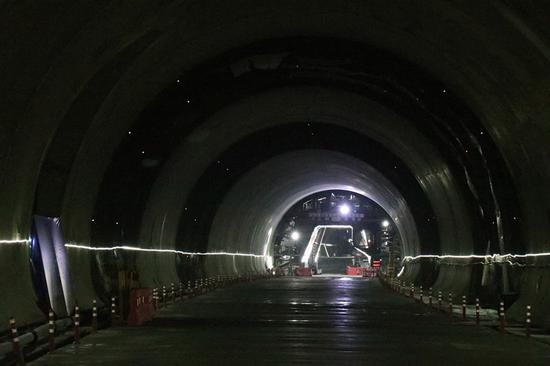


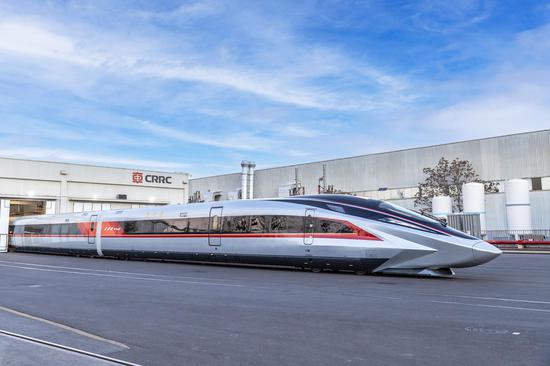


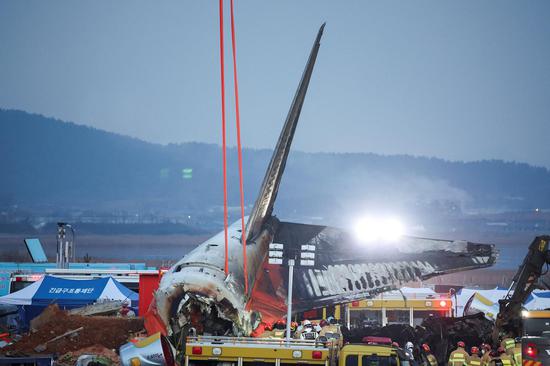
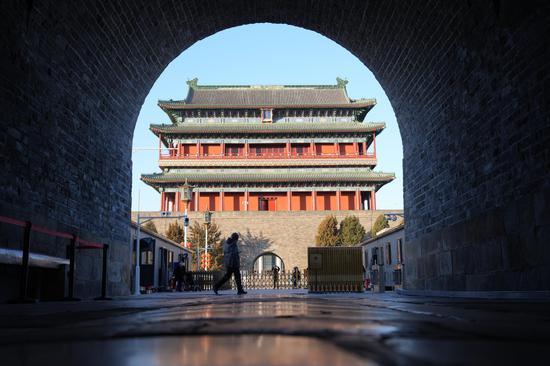

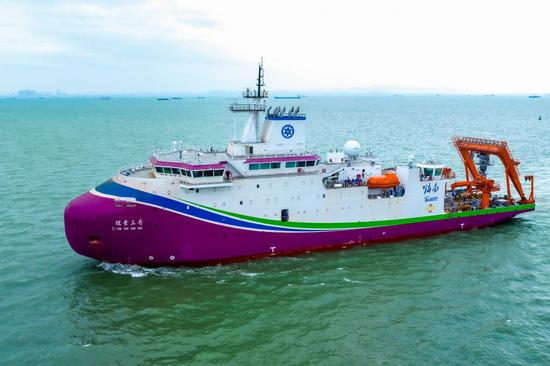





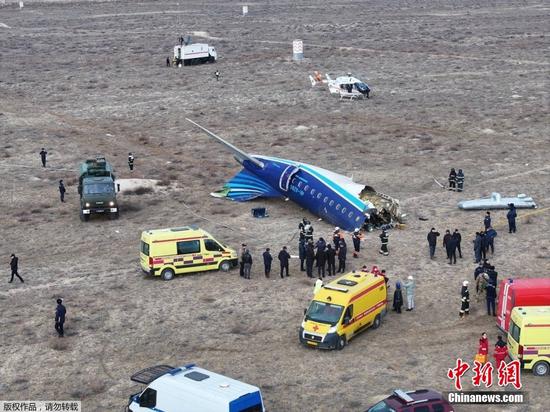












 京公网安备 11010202009201号
京公网安备 11010202009201号